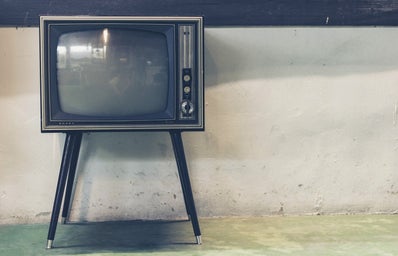There’s no denying that a TV show that centres around a post-pandemic dystopian world, and the few survivors in it battling fungal zombies to stay alive, raises some eyebrows, given the last few years in lockdown from Coronavirus.
HBO’s new adaptation of the bestselling game, The Last of Us, takes a genre that is often repetitive and predictable, and completely flips it on its head. It is undoubtedly one of the most touching storylines seen on television in the last few years, particularly its portrayal of the queer characters in the series.
The Last of Us follows Joel (played by Pedro Pascal), a former construction worker who lost his young daughter Sarah in the early stages of the pandemic. Hardened by grief and years working under the new government, FEDRA, Joel is tasked to smuggle the immune Ellie (played by Bella Ramsey) across the country to resistance scientists in the hopes of developing a cure.
The show’s first two episodes are dark and haunting; Joel is detached and cold from years of surviving in this world and Ellie is hiding a huge secret from him. However, Episode Three, ‘Long Long Time’ departs from their storyline and acts as a stand-alone episode. It shows the story of Joel’s friends, Bill and Frank, who meet when Frank falls – literally headfirst – into one of Bill’s traps around his house.
Bill, played by Nick Offerman, is a classic doomsday preparer. The episode shows him as extremely prepared for the world to shut down, and within days he has secured off his town, manned his defences, and seems very settled with life by himself. That is until Murray Bartlett’s Frank comes into his life and they fall in love. Unlike everyone else in the world, they settle into a quiet, cosy life, flourishing and thriving. When compared to the ever-so common ‘bury your gays’ trope, the longstanding cliché in media in which queer characters are killed off much more frequently than their straight counterparts, Bill and Frank win in this world. They live a long, happy life in which they eat three meals a day, can sleep peacefully in a bed at night, and most importantly can enjoy each other’s company quietly.
Queerness in the media is often seen as a form of luxury, and a privilege. Shows such as RuPaul’s Drag Race have popularised this idea of aesthetic excess associated with queerness, colourful, loud and extravagant. The Last of Us, however, gives viewers something they may not have even realised they were missing; a queer couple growing old together. They are completely and utterly normal, and it is in that normal mundanity that the beauty of their story lies. It doesn’t shy away from showing Bill and Frank being physically affectionate with each other, or arguing over their sometimes clashing personality types. These characters are painfully real, and this results in an episode of television that is an absolute standout so far this year. I watched it with my housemates and there wasn’t a single dry eye when the episode finished.
The video game industry still has a long way to go in escaping the stereotype of the straight teenage boy playing in his room until the early hours of the morning. But the immediate success of The Last of Us – Episode 3 reached 6.4 million people on its first night released – shows the demand for queer stories in every piece of media, even the dystopias. It is without a doubt one of the most moving episodes of TV I have ever watched and I am eagerly anticipating Season Two, and whatever HBO’s next limited series will be.
Written by: Charlotte Hunter
Edited by: Stephanie Young

